Last year marked the fourth-highest tally ever for diesel vehicle sales in Australia. But if sales are so strong, why are there so few diesel-powered passenger cars and SUVs to choose from?
An increasing number of manufacturers have dropped diesel variants of SUVs and traditional passenger cars like sedans and hatchbacks in recent years, claiming a lack of buyer interest.
In contrast, more and more Australians are jumping into light-commercial vehicles (LCV), specifically pick-ups, which are almost exclusively powered by diesel engines.
Last year, just under 347,000 diesel vehicles were sold in Australia, representing a 33 per cent slice of total new-vehicle sales. That’s 19.2 per cent higher than 2020, and 17.7 per cent more than 10 years ago in 2011.
In that same 10-year period LCV sales increased by 43.3 per cent, thanks largely to the ute sales boom.
However, the interest in diesel SUVs and passenger cars has dropped considerably in the past decade. In 2011, about 45,000 diesel passenger cars found homes in Australia. Last year, it was just 7300.
A quick look at sales splits reveals where it sits now. Let’s take a look at Mazda. The CX-5 medium SUV is available in naturally aspirated petrol, turbo petrol and turbo-diesel guise.

In 2021, 94 per cent of CX-5 sales were for the two petrol engines, leaving just 5.6 per cent of buyers opting for the diesel.
Mazda only introduced a petrol engine to the CX-8 large-SUV range in early 2020 and last year, the petrol models made up 66.5 per cent of sales compared with 33.5 per cent for diesels.
Kia's sales lean in quite a different direction. The split for the Carnival people mover is 68 per cent diesel, and it's 71 per cent diesel for the Sorento large SUV, but this is fairly typical of the people mover and large-SUV category.
Audi's Q5 is in the petrol-favouring premium medium SUV segment, but since Audi launched the diesel version of the spicy SQ5 in 2020, the diesel sales split increased from 38 to 45 per cent of total sales.
So what do you do if you want to buy an efficient diesel-powered European hatch or wagon, or a small SUV with an oil-burning engine? Well, your options are now seriously limited.

Passenger cars
There is not one diesel-powered micro, light or small car available in Australia. Previously, brands like Hyundai, Mazda and Volkswagen sold diesel versions of the i30, 3 and Golf respectively, but they’ve all been dropped.
Do you want a diesel-powered sedan? Well, you’d better have a fat wallet. Audi and BMW are the only manufacturers left that sell diesel sedans in Australia. The BMW 5 and 7 Series and Audi A8 come with a diesel option, and Audi sells Australia’s only diesel wagons – the A4 and A6 Allroad.
The only passenger-car segment in which diesels still have a meaningful presence is people movers.
The Hyundai Staria, Kia Carnival, LDV G10, Toyota Granvia, Volkswagen Caddy, Caravelle and Multivan, and Mercedes-Benz V-Class and Valente all have diesel engines.
But that’s it. No more funky and affordable diesel hatchbacks like the Ford Fiesta, or the sporty VW Golf GTD, and not one diesel sedan from a mainstream brand.

SUVs
Thankfully there’s still a bit of choice when it comes to SUVs, unless you’re looking for a small SUV.
There are no diesels in the light-SUV category. Mazda was the last holdout but it dropped the diesel CX-3 in 2020.
One size up in small SUVs, the only mainstream offering is the Jeep Compass. But there’s a catch – it’s only available in the flagship Trailhawk grade and starts north of $50,000.
The Suzuki Vitara, Mitsubishi ASX, Nissan Qashqai and other popular models were previously available with an oil burner. But not anymore.
Once again BMW continues to fly the diesel flag with the X1 sDrive18d the only oiler in the premium small SUV category.

In the family friendly medium-SUV segment there are still plenty of options, including the Hyundai Tucson, Kia Sportage, Mazda CX-5, Peugeot 3008 and 5008, SsangYong Korando and Volkswagen Tiguan.
On the premium front there are plenty of Audi Q5 diesel variants – including the SQ5 – while the BMW X3, Genesis GV70 and Land Rover Discovery Sport all score diesel options.
In the large and upper-large SUV segments, ute-based SUVs and dedicated off-roaders are almost exclusively diesel powered. Think the Toyota LandCruiser and Prado, Isuzu MU-X, Ford Everest, Mitsubishi Pajero Sport, Toyota Fortuner and the like.
But car-based large SUVs with diesels are few and far between. The Hyundai Santa Fe, Kia Sorento, Mazda CX-8 and VW Tiguan Allspace are the only mainstream diesel models.
Buyers shopping in the premium space have a few more options – Audi Q7 and Q8, BMW X5, X6 and X7, Genesis GV80, Jaguar F-Pace, Land Rover Defender and Discovery, Range Rover, Range Rover Sport and Velar, Mercedes-Benz GLE and GLS, Lexus LX, Volkswagen Touareg and the Bentley Bentayga.




.jpg)








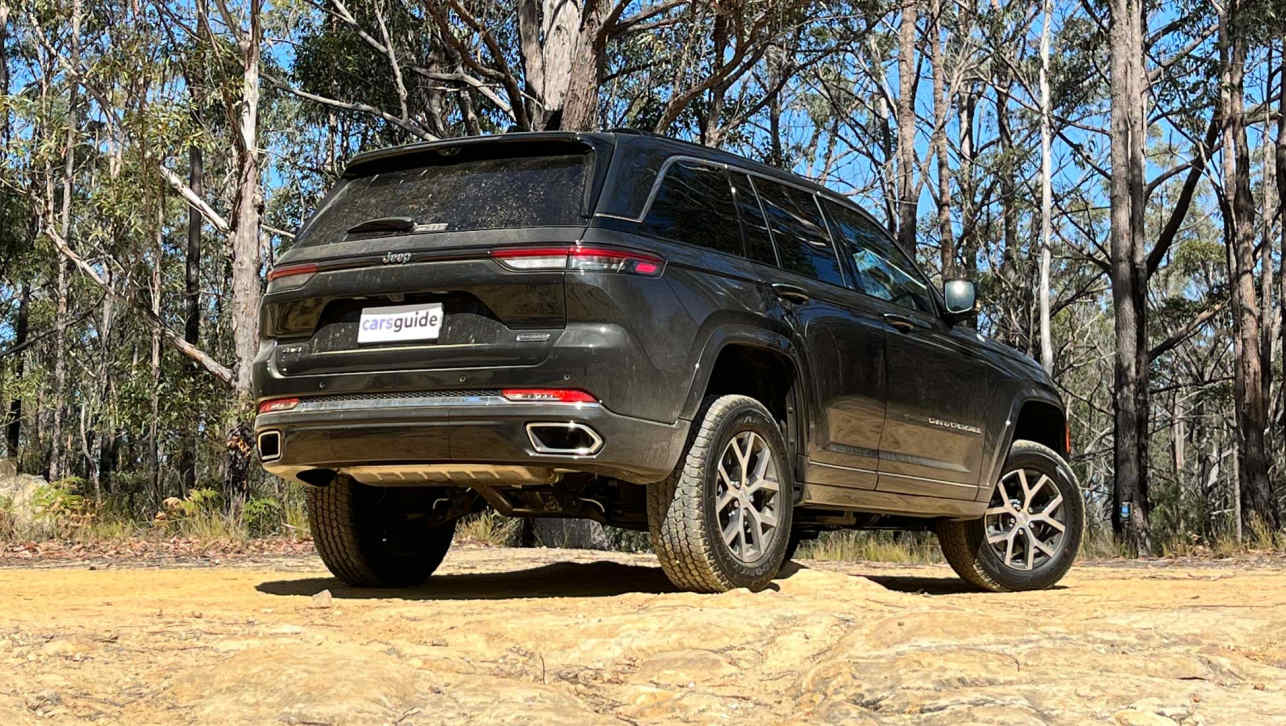
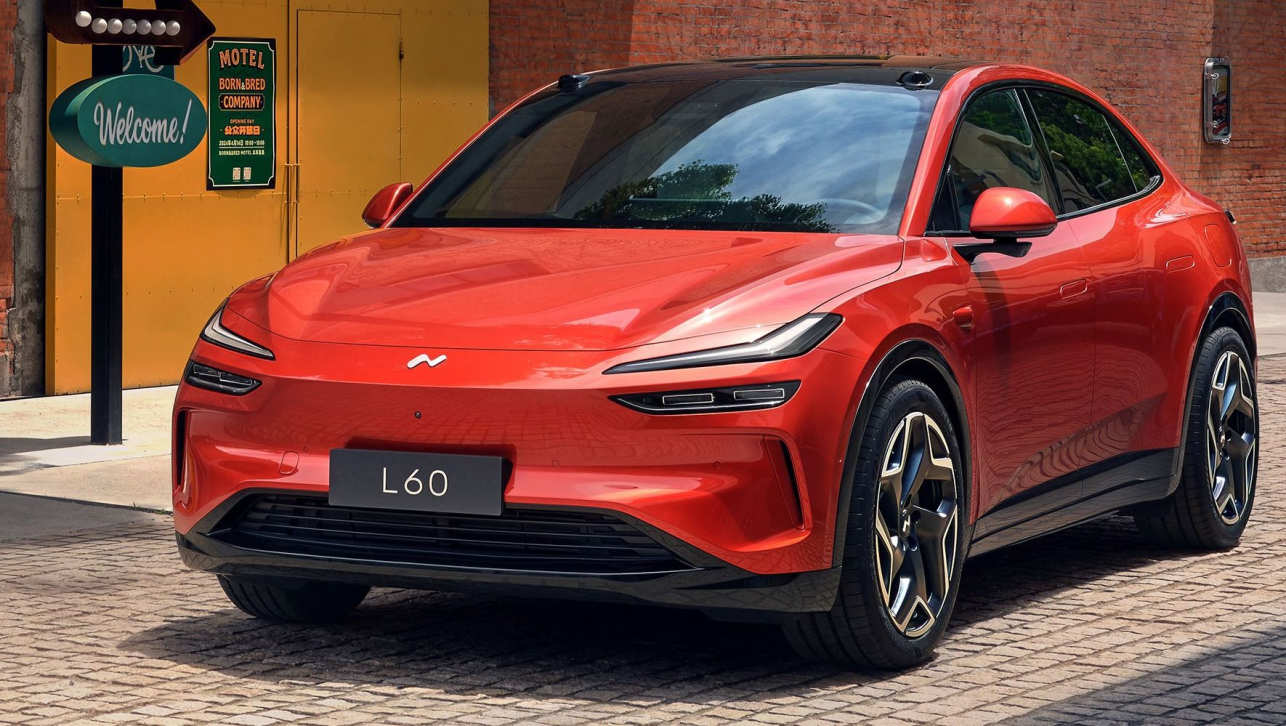
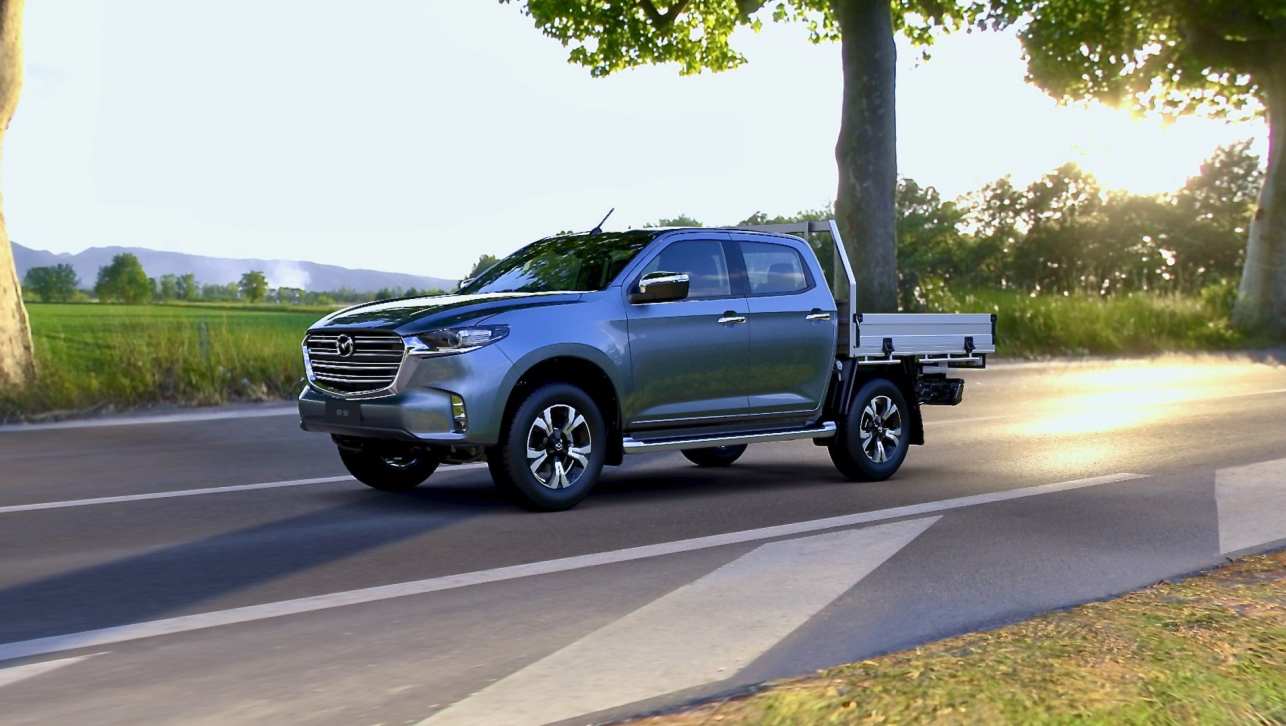
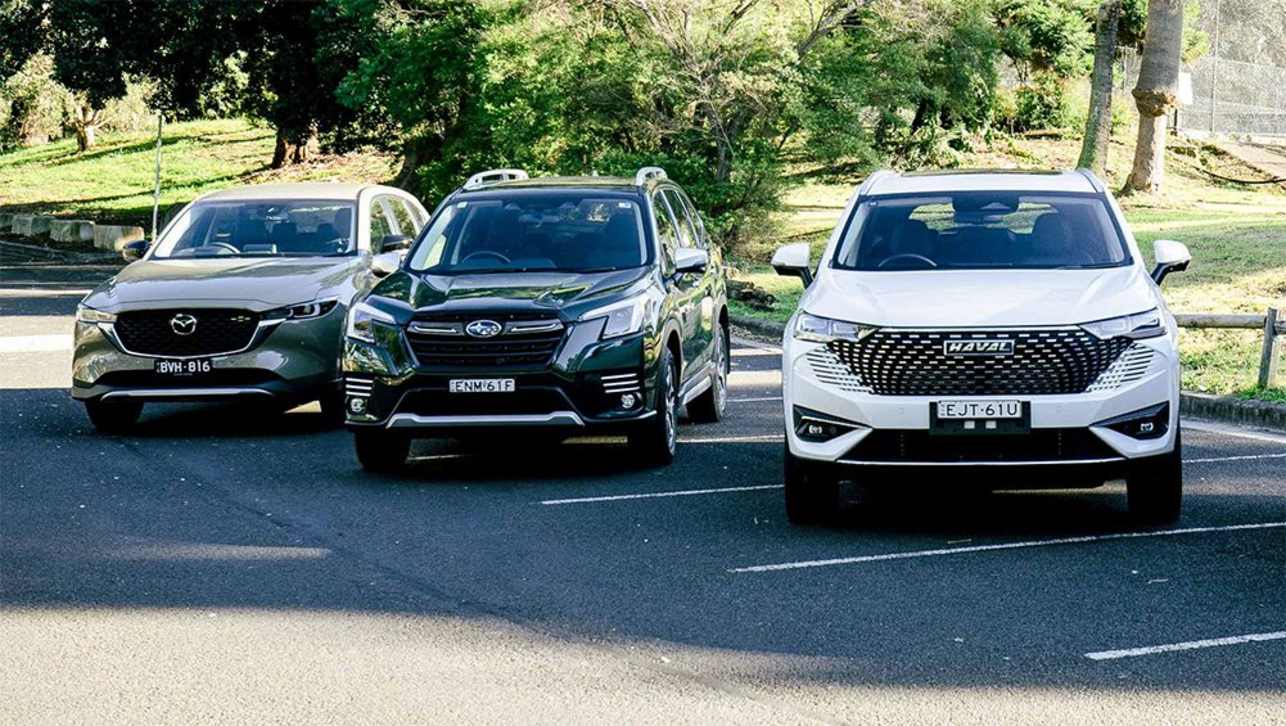
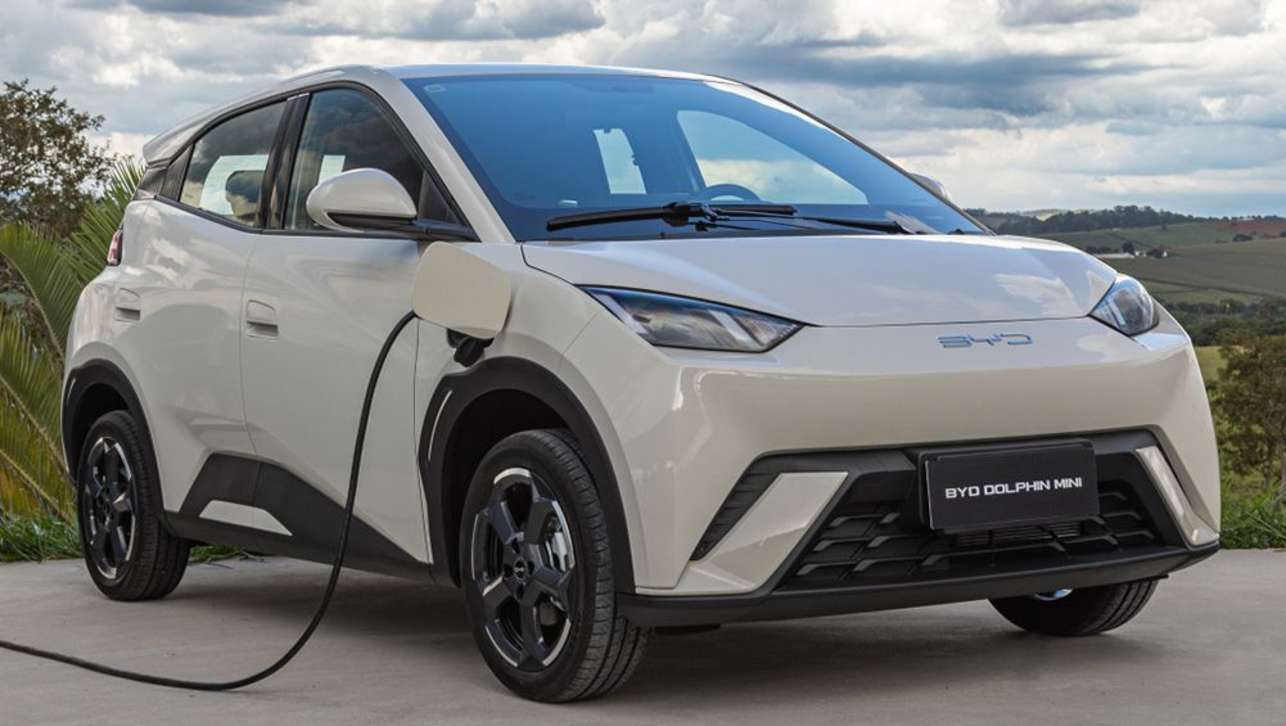




.png)
.jpeg)
.jpg)






Comments